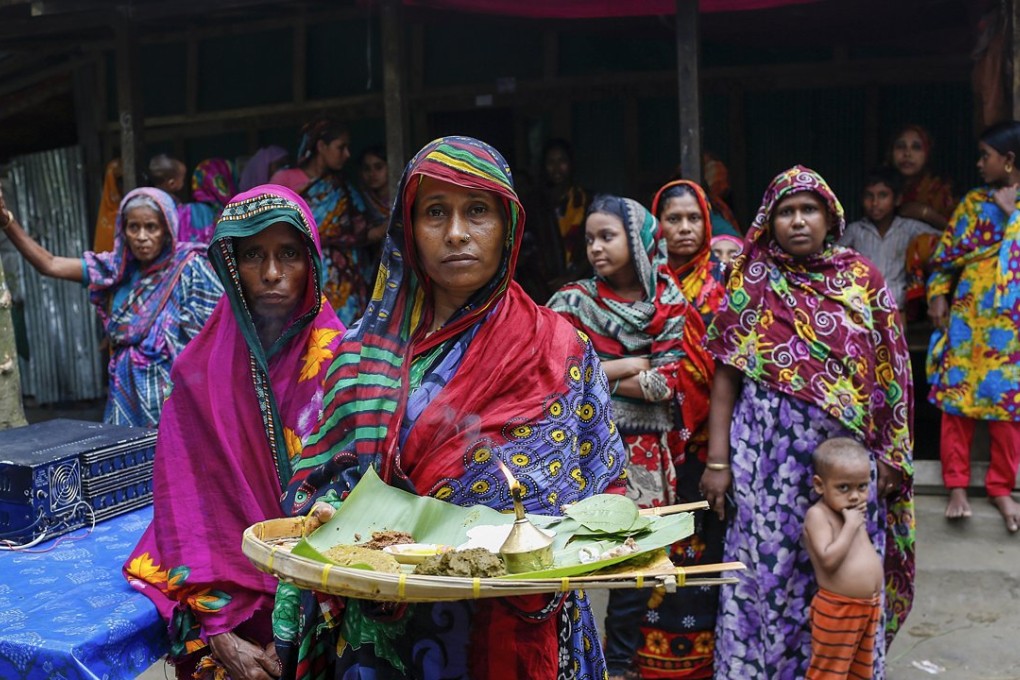Climate change to create millions more refugees, likely to dwarf existing numbers, experts warn

As weather extremes strengthen and seas rise around the world, forced migration linked to climate pressures is poised to become a “mega-problem” that could dwarf existing flows of conflict refugees, migration experts warned.
“We're way behind in protection and assistance to this group that we haven't even recognised the size of,” said Jan Egeland, secretary-general of the Norwegian Refugee Council, speaking on the sidelines of the UN climate negotiations in Paris.
Eleven million people fled conflict or violence in Syria, Afghanistan and other troubled regions of the world last year, he said. But the average number of people displaced by natural disasters, including floods, storms and droughts, has averaged 22.5 million a year since 2008 and is growing, he said.
READ MORE: To avert disaster, China and India must make fossil fuels a thing of the past
At the Paris talks, aiming to seal a deal to address climate change this week, “it's important to recognise in a legally binding document that this is a mega-problem”, Egeland said.
As of Thursday, the draft climate deal did, for the first time, mention the need to protect migrants fleeing climate pressures, said William Lacy Swing, director general of the International Organisation for Migration.
We're way behind in protection and assistance to this group that we haven't even recognised the size of
That is crucial because “no one can expect to live in peace if we let extreme poverty be exacerbated by the climate crisis”, said Nicholas Hulot, a special envoy of the French president.